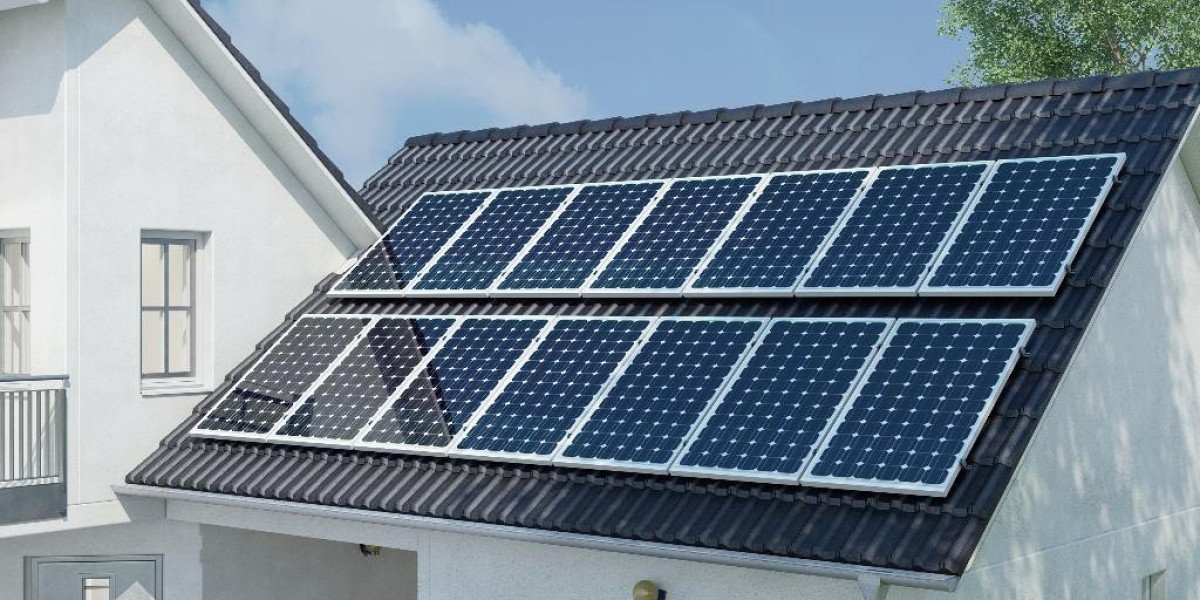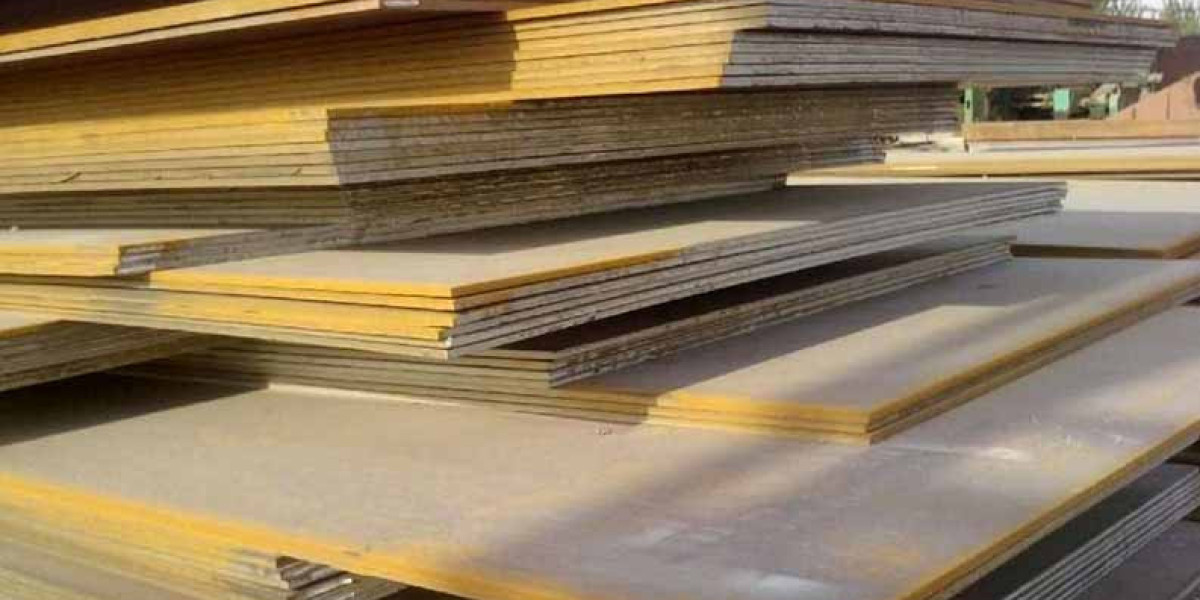What is it?
Solar photovoltaic (PV) glass is a specialized form of glass that can convert sunlight directly into electricity through the photovoltaic effect. By integrating thin-film solar cells made of materials like cadmium telluride (CdTe), copper indium gallium selenide (CIGS), or amorphous silicon (a-Si) between two layers of glass, solar PV glass is capable of generating electricity wherever it is installed—on building facades, windows, conservatories, and more.
How Does Solar PV Glass Work?
Solar Photovoltaic Glass works by harnessing the photovoltaic effect—the ability of certain materials to convert light into electricity. When sunlight or artificial light strikes the solar cells embedded in the glass, a chemical reaction occurs that enables the movement of electrons. Two layers of conductive glass sandwich the solar cells, which act as a junction between an n-type and p-type semiconductor. Photons from sunlight knock electrons loose, allowing them to flow through the external circuitry and generate a flow of direct current electricity. The top glass layer protects the solar cells from weathering while still allowing sunlight to pass through.
Key Benefits of Solar Photovoltaic Glass
There are several important benefits that make solar PV glass an attractive renewable energy technology:
- Aesthetics: Solar PV glass blends seamlessly into building designs since it maintains a transparent appearance like conventional glass. This makes it well-suited for facades, windows, conservatories and other architectural elements where traditional solar panels may not fit as harmoniously.
- Dual Functionality: In addition to generating clean electricity, solar PV glass can also serve the functions of conventional glass by allowing natural light into buildings and offering thermal insulation. This dual functionality maximizes usable space on buildings.
- Low Maintenance: Once installed, solar PV glass requires little ongoing maintenance to continue operating. It is highly durable and weather-resistant without moving parts to wear down or replace over time.
- Flexible Applications: The ability to integrate solar cells directly into glass opens up versatile applications beyond roof-mounted solar panels. Solar PV glass enables the capture of solar energy from building facades, skylights, awnings and more.
- Resource Efficiency: By generating electricity on-site where it is needed, solar PV glass reduces losses associated with transmitting power over long distances via power lines. It is also a sustainable technology that uses an abundant, renewable source of energy—sunlight.
Get More Insights On- Solar Photovoltaic Glass
Explore More Related Topic- Global Substance Abuse Treatment Market








